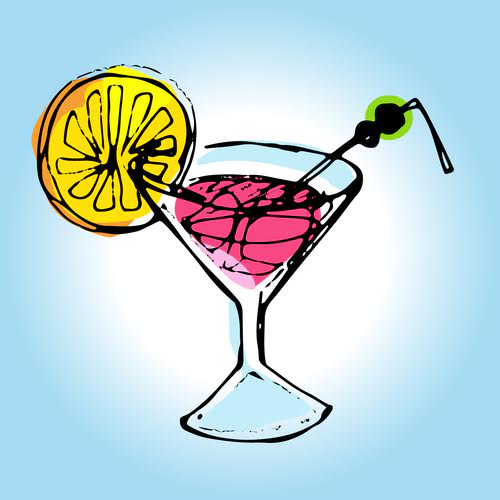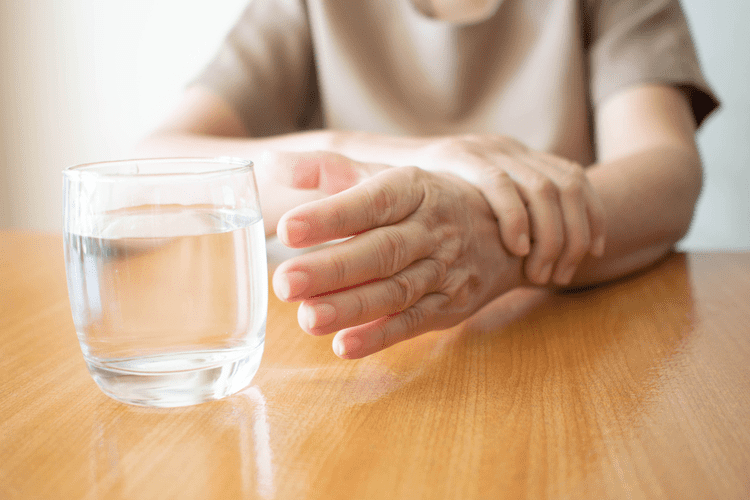Call your doctor right away if you notice any of these symptoms. The sooner drug addiction treatment you start treatment (which often includes both medication and therapy) the better your outcome. As you go through alcohol withdrawal, let your doctor know how you’re feeling, both physically and mentally. Some people think tapering can be a safer way to finally get your heavy alcohol use under control.
The headache culprit: Quercetin, a flavanol
Wine contains tannins that are found in the skins of the grapes used to make the wine. Whilst many people do not suffer any side effects from ingesting tannins, there are some who find them to be a source of their headaches. Anyone who suffers from regular migraines will know how debilitating they can be, and unfortunately, alcohol can be a huge trigger for this condition.
Migraine and Head Pain After Drinking? How to Avoid Aggravating Alcohol Headaches
Additional sources were identified via manual search of bibliographies, references lists, and previous peer reviews. Original studies were selected if they reported in the results a numeric percentage of headache patients referring any ADs as a trigger factor. Other studies useful for the correlation of the results with the pathogenesis of the primary headaches where also selected. A cocktail headache is a headache that occurs within the same evening of drinking alcohol. Unlike a hangover headache, cocktail headaches can be caused by even small amounts of alcohol. If you develop a cocktail headache, take care to rest and nourish your body with water, electrolytes, and https://gorgiewellness.com/the-hidden-craving-among-recovering-alcoholics/ a healthy fruit or vegetable snack if possible.
Managing Alcohol Withdrawal
The first type of headache you might experience is a “cocktail headache” or the “immediate alcohol-induced headache.” It might develop in the first three hours of taking alcohol. Alcohol poisoning is a serious — and sometimes deadly — result of drinking large amounts of alcohol in a short period of time. The type of alcohol being consumed can determine how little is needed to cause a headache. This is because ingredients and additives used in alcohol production can trigger headaches. Alcohol can cause many health problems, but one of the most common and less severe is the alcohol-induced headache.
What causes alcohol-related headaches?
Without a consistent cause-and-effect situation, though, a number of factors — not just alcohol — could be triggering your migraine headache. The review also suggests that having migraine leads people to avoid alcohol, rather than alcohol having any migraines and alcohol protective role against migraine. The number of drinks you have, what you’re drinking, and what’s going on in your life may be the primary culprits rather than alcohol itself. Blood alcohol concentration (BAC) refers to the amount of alcohol in your blood in relation to the amount of water in your blood. Two people can have the same blood alcohol levels, but their BAC will differ. This is because blood alcohol concentrations are not the same for everyone.
Certainly, if a less alcohol preference in migraine patients will be confirmed in large controlled studies, it merits a correlation with 5-HT system, which is involved in migraine pathogenesis in some way. In fact, an inverse relationship between density and metabolic functioning of regional brain 5-HT system and alcohol preference was repeatedly reported in animal studies 69–72. However, in other countries (France, Italy) white wine (in France also champagne) is viewed as the major culprit 5, 6. In addition, another study reported a surprisingly higher correlation of spirits and sparkling wine to migraine attack, compared to other alcoholic drinks. Low doses of alcohol during meals significantly lower the frequency of induced-attacks and the alcoholic consumption during stress was related to higher migraine attack frequency 37. While some report beer as a trigger 19, 24, others found no association 30, 31, 34, 37.
- Alcohol (or more precisely, ethanol, the type of alcohol present in alcoholic beverages) has direct effects on many physiological systems and is responsible for the “buzz” sensations people experience when drinking.
- More research is needed to understand how the specific content of alcohol affects the likelihood of getting headaches.
- People who experience severe headaches after drinking alcohol may also avoid alcohol altogether.
First of all, the existing studies present data in a heterogeneous way, which may have led to inaccurate results, and do not provide an exhaustive array of information. Information on the gender of participants was unavailable for analysis. So, the question of who is drinking more with a primary headache is still to be addressed. Additionally, only a few of the studies divided participants into migraine with and without aura. Therefore, there was insufficient data to analyze the relationship between alcohol and aura, and the data that does exist is inconsistent 65, 86. As mentioned in the discussion above, alcohol consumption assessment is strongly based on patients’ honesty.
What causes alcohol withdrawal?
While migraine thankfully does not affect fertility, it can complicate conversations about family planning and infertility treatments. Learn more about the relationship between migraine and family planning. It’s critical to have a support network of understanding people who can not only check in on you but also empathize with your experience. Then consider joining our Move Against Migraine support group on Facebook so you can connect with others who live with migraine.
Congeners are primarily found in darker liquors like brandy, whiskey, and wine. There are exceptions to this rule, however, such as tequila—a light-colored liquor that nevertheless carries high levels of congeners. For healthy adults, moderate drinking means up to one drink a day for women of all ages and two drinks a day for men. A “drink” in this case is considered a 5-ounce glass of wine or 12 ounces of bee (5% alcohol, less for stronger beers, so be sure to read the label).
In fining, an agent such as gelatin, egg whites or carbon are added to wine to flush out unwanted material from the wine. This is an intriguing hypothesis, says Katherine Donelan, RD, with Stanford Health Care in California. And you don’t have to drink too much wine to get a headache; it can come on in 30 minutes or less after just one or two glasses, per the study. Waterhouse said levels of this flavanol can vary dramatically in red wine. As a result, people can end up accumulating the toxin acetaldehyde, explains lead author Apramita Devi, postdoctoral researcher with the UC Davis Department of Viticulture and Enology.



